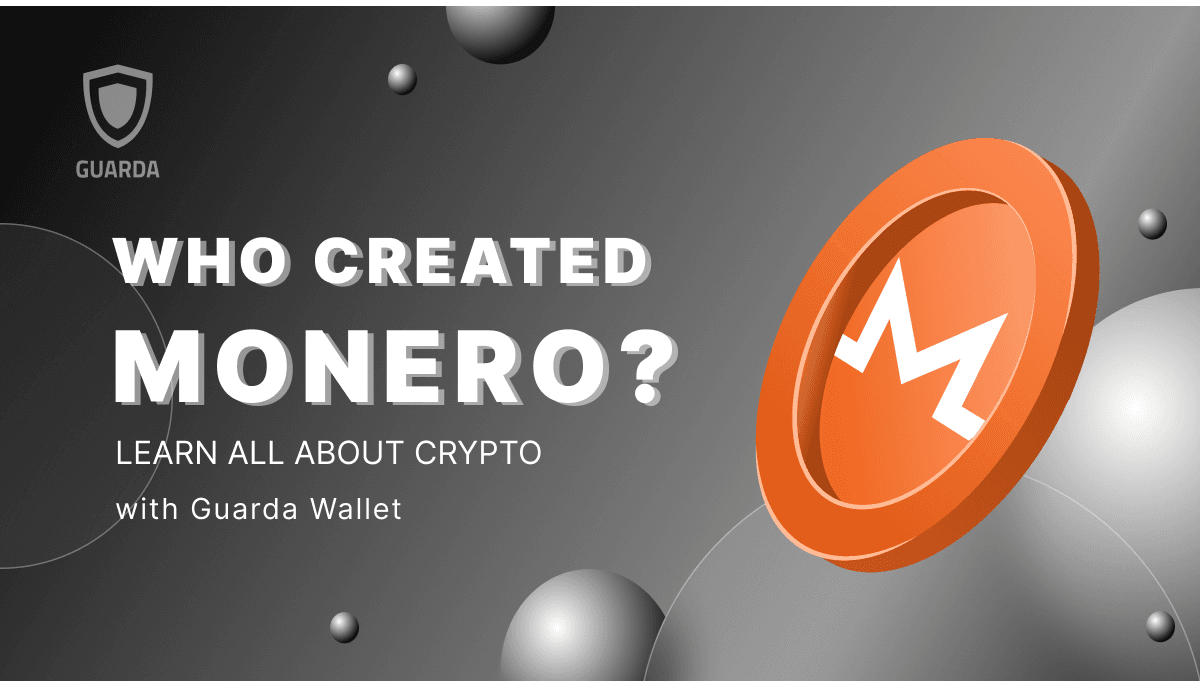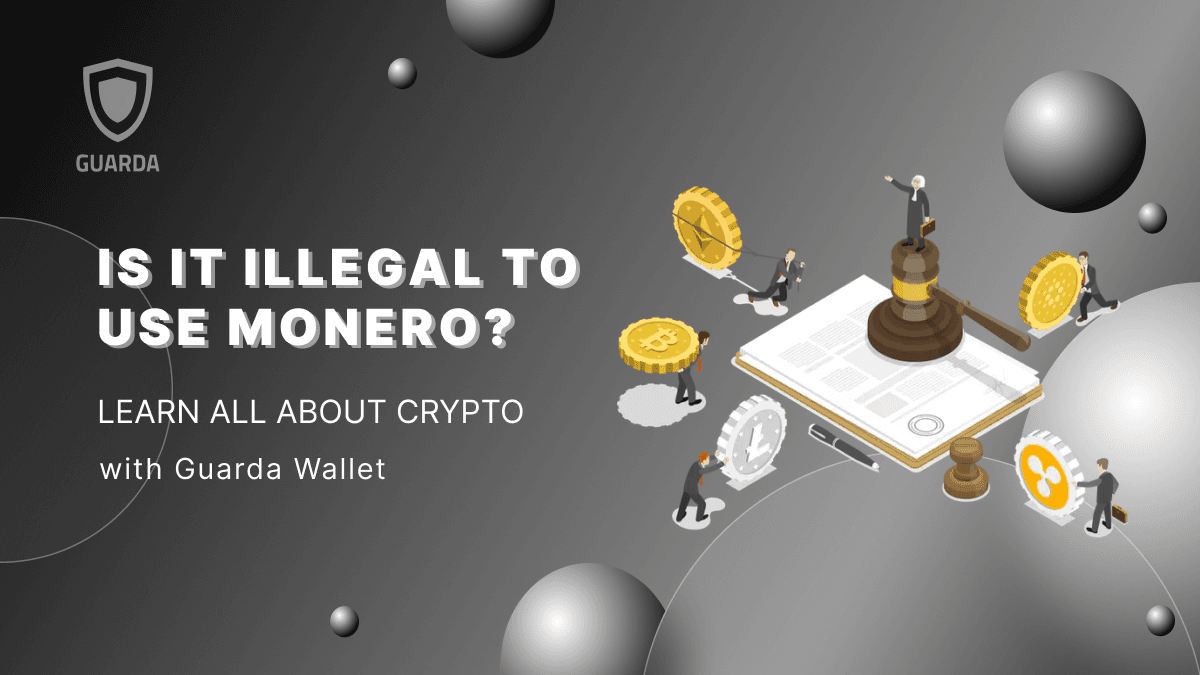Upgrades are important as they add functionalities absent in the previous version to improve the network performance. One of the most recent upgrades is the release of iOS 16 for iPhones worldwide. In the crypto world, Ethereum, one of the major blockchains, recently had an upgrade titled ‘The Merge’. One week later, [Cardano] (https://guarda.com/coins/cardano-wallet/) — another major blockchain — will undergo a significant network upgrade.
Cardano network is a PoS blockchain that supports smart contracts. The network has grown over the years and allows creators to develop NFTs and dApps. It has previously had various hard forks to the blockchain, the most recent being Mary hard fork. Now the network is going to have the Vasil hard fork in September. The upgrade is believed to improve the scalability and efficiency of the Cardano network.
Read on if you want to learn more about the Cardano Vasil Hardfork!
What Is a Hard Fork?
A hard fork is a permanent divergence from the previous blockchain version. The newest version will no longer accept nodes running previous versions. This essentially creates a split in the blockchain, with the old chain remaining valid and the new chain being the new “official” chain. A hard fork can be initiated by the community when they decide to change the rules of the network.
There are various types of hard forks. Some are planned, while others are a result of internal disagreement. Vasil hard fork is an example of a planned hard fork.
Examples of blockchain hard forks:
-
The most notable example of a hard fork is the Bitcoin-Bitcoin Cash split in August 2017. The hard fork was the result of disagreement about Bitcoin’s scalability issues. As a result, Bitcoin Cash increased the block size from 1MB to 8MB, which helped scale transactions. This is a type of hard fork caused by disputes.
-
Another example of a hard fork also happened in 2017. The cryptocurrency Ethereum is hard forked to create a new version of the Ethereum blockchain. The old chain was incompatible with the new chain, and Ethereum holders had to decide which chain they wanted to support. Those who held Ethereum on the old chain continued to hold their currency. Still, those who held Ethereum on the new chain received an equal amount of the new currency, Ethereum Classic.
A hard fork can be controversial because some of them happen due to internal conflicts. Also, not all cryptocurrencies have gone through it.
What Is the Cardano Vasil Hard Fork?
The hard fork is named after a Bulgarian mathematician, Vasil Dabov, a prominent Cardano community member who passed away in 2021. The Cardano community has long anticipated Vasil’s release. It is said to bring about transaction costs, scalability, and speed changes. In addition, the Cardano platform will now be able to upgrade smart contracts thanks to the hard fork since the network houses various dApps.
Cardano has seen several hard forks in the past, including the Mary hard fork, which added native assets and let developers design distinct tokens on the platform. Vasil aims to address some of the network’s issues by:
- introducing diffusion pipelining to the Cardano blockchain, which will allow significant network performance increases;
- upgrading to the Plutus smart contract language for dApp developers;
- reducing the delay in block transmission.
Anyone can join, contribute to securing the network, and earn rewards by delegating and staking their ADA via wallets like Guarda because it is entirely decentralized.
When Is the Cardano Vasil Hard Fork Happening?
Charles Hoskinson, the founder of the blockchain, stated on a YouTube stream that Cardano has set its Vasil mainnet upgrade for September 22. The upgrade falls on the independence day of Bulgaria, the home country of Vasil Dabov, who the hard fork is named after.
The hard fork was postponed twice from its initial June date this year because of bugs and testing. However, the new Plutus functionality and fee structure will be accessible in the pre-production environment on September 24 and go live on the mainnet on September 27.
What Are the Improvements Vasil Will Add to the Network?
A number of Cardano Improvement Proposals (CIPs) are ready for network implementation. The CIPs in the Vasil hard fork are targeted toward improving the usability and capacity of the Plutus smart contract language. Many of the devs using Cardano will have to master these.
CIP 31 (Reference Inputs).
A reference input refers to data but does not require that data be spent each time it is utilized. Before Vasil, the output must be spent to know the information of the datum attached to it. Due to Vasil, you can now obtain information without spending it on a transaction.
CIP 33 (Reference Scripts).
As the name suggests, reference scripts act in place of the script you want to utilize. They can be added to outputs and so become part of the blockchain. Transactions in these implementations can just link to a reference script rather than include the entire program.
In a nutshell, this means that transactions contain fewer data and are smaller, faster, and cheaper.
CIP 32 (Inline Datums)
It essentially allows data to be kept on-chain. With CIP 32, a datum can now be stored in an output, which other applications can easily read.
Conclusion
All eyes are on the Cardano price ahead of the Vasil hard fork, which will improve network scalability. However, the hard fork does not guarantee the increase in value of the cryptocurrency, which is 85% below its all-time high in September 2021.
Since Cardano is the home to over 1,000 dApps, it is no surprise that this upgrade focuses on increasing the smart contract functionality of the ecosystem. Only time will tell whether the upgrade is a success or not.
FAQ
+ When is the Vasil hard fork taking place?
The founder of Cardano mentioned in a video that the hard fork would take place on Thursday, the 22nd of September. The IOHK confirmed the same date in a Twitter thread explaining what the upgrade will feature.
+ Is this the first hard fork by the Cardano network?
No, it is not the first hard fork. The network has previously had hard forks, with the popular ones being:
- Shelley hard fork, which opened the door for staking pools, delegations, and rewards.
- Mary, which made a multi-asset ecosystem possible on Cardano.
- Alonzo—the most recent—hard fork, which gave room for smart contracts functionality to develop dApps.



